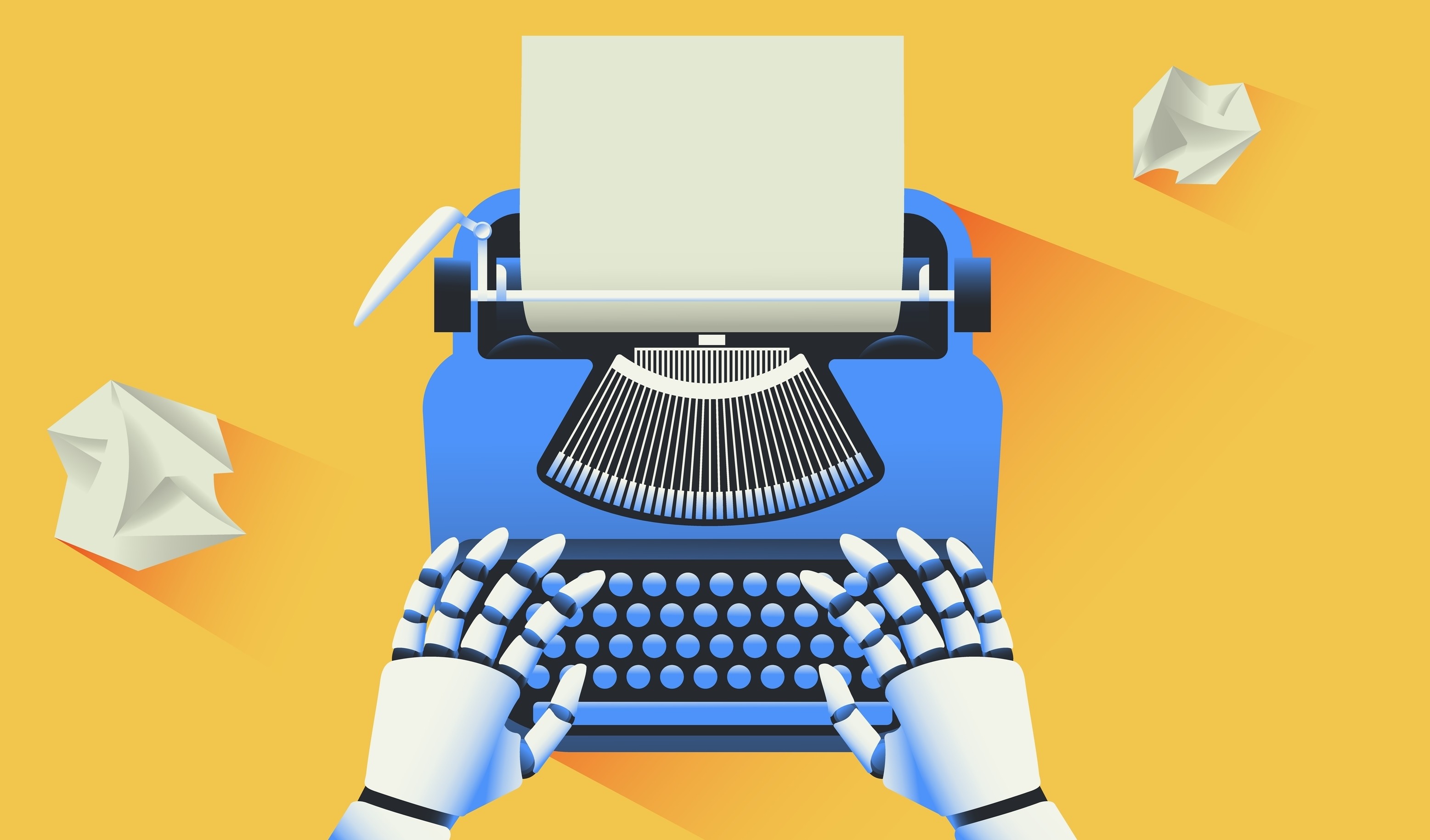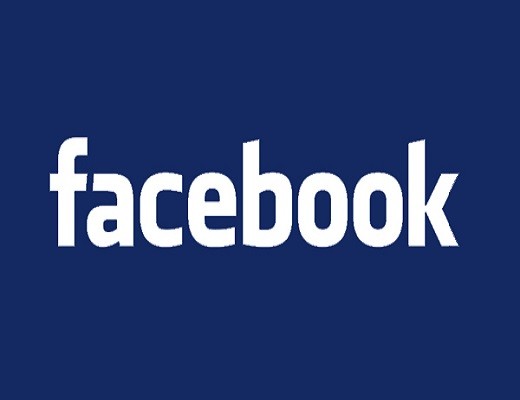Reframing choices
A new set of tensions – or paradoxes – have emerged. From Brexit to climate change, Trump to the Catalans, we see challenges to our stability and progress that were not even imagined a few years ago. How will you embrace these 7 paradoxes?
- Global v local … big or small, international or provincial, centralised or decentralised, homogeneous or heterogeneous, institutional or individual, standardised or crafted … Or instead, how can we get the best of both worlds – like Amazon’s Treasure Truck bringing unplanned surprises to local neighbourhoods, from global platform, to local people?
- Human v technological … digital or physical, robotic or human, artificial or authentic, transparent or private, ideas or algorithms, fast or slow, interfaces or experiences … Or instead, how can we combine the two to do better – like Dalian Wanda, China’s answer to Disney, with a new generation of multi-media, entertainment-based shopping malls.
- Individual v collective … individuals or communities, transactional or relational, producing or co-creating, enterprises or ecosystems, competing or collaborating, protected or open sourced … Or instead, how to achieve both, like Supreme, the hip-hot skater brands that uses pop-up marketing driven with incredible hype by social-media, driving a millennial after-market in fashion?
- Business v society … purpose or profit, shareholders or society, responsible or reckless, transparent or untrusted, diversity or division … Or how can we find a new balance, like Adidas’ Parley running shoes made from recycled sea waste plastics in collaboration with Ocean Clean Up from the Netherlands, then sold as ultra cool and twice the normal price?
- Change v continuity … innovate or optimise, growth or efficiency, flexible or stable, experimental or perfection, change mindset or fixed mindset … Or instead, how to connect the two dynamics, like GE which seeks continuous revolution with its FastWorks innovation process, connecting design thinking and lean development to experiment and reduce time to market by 90%?
- Simplicity v complexity … linear or networked, corporate or entrepreneurial, planning or hacking, creator or adapter, analytic or intuitive … Or instead, how to embrace both, like the world’s largest white company Haier, which uses a “rendanheyi” business model, built on thousands of micro-businesses within one organisation, entrepreneurial and focused?
- Tomorrow v today … tactical or strategic, incremental or transformational, safety or risk, boldness or parity, tangible or intangible, sales revenue or future profits … Or instead, how to drive radical change whilst delivering everyday, like the “today tomorrow” model embraced by Jeff Bezos in driving 25 years of relentless growth?
The biggest strategic challenge for marketers and their brands today, is to resolve these paradoxes, to align the opposing forces or apparent contradictions. The biggest opportunity for leaders is to find ways to achieve both – which means reframing the context, and rethinking solutions. Third ways, new ways, better ways.
Increasingly it is new technologies that enable these new ways.
Take blockchain, for example, offering the ability to “democratise” markets and brands, through local engagement and decision making. Or 3d printing, through mass customised production on demand. Or neuroprosthetics, enabling artificial limbs to work as well as real body parts. Or AI-based scanners and trackers making more accurate and predictive medical diagnosis.
The applications of technology can redefine our possibilities, and our choices.



